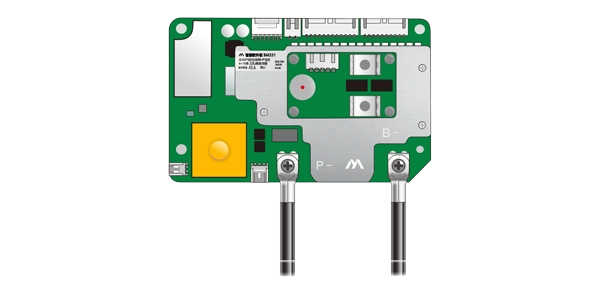Electrical shorts are a common yet potentially hazardous issue that can arise in any electrical system, whether in residential, commercial, or industrial settings. Understanding how to identify an electrical short is crucial for maintaining safety and ensuring the longevity of your electrical systems. In this article, we will delve into the signs of electrical shorts, the diagnostic methods you can employ, and the steps to take for resolution.
Understanding Electrical Shorts
An electrical short circuit occurs when electricity flows along an unintended path, often leading to excessive current flow. This can result in overheating, equipment damage, or even fire hazards. Shorts can be caused by various factors, including damaged insulation, faulty wiring, or moisture intrusion.
Signs of an Electrical Short
- Tripped Circuit Breakers: One of the most common indicators of a short circuit is a circuit breaker that frequently trips. This is a safety mechanism designed to prevent overheating and potential fires.
- Flickering Lights: If your lights flicker or dim unexpectedly, it may indicate a short circuit. This can happen when there is an overload on the circuit or when the wiring is compromised.
- Burning Smell: A burning odor near outlets or electrical devices can be a sign of overheating wires or components, often associated with short circuits.
- Buzzing Sounds: Unusual sounds, such as buzzing or crackling, can indicate electrical arcing, which is often a result of a short circuit.
- Warm or Hot Outlets: If you notice that outlets are warm to the touch, it may indicate that there is excessive current flowing through the wiring, potentially due to a short.
Diagnostic Methods for Identifying Electrical Shorts
- Visual Inspection: Start with a thorough visual inspection of your electrical system. Look for frayed wires, damaged insulation, or signs of moisture. Pay special attention to junction boxes, outlets, and switches.
- Use of a Multimeter: A multimeter is an essential tool for diagnosing electrical shorts. Set the multimeter to the continuity setting and test the wires. If you hear a beep or see a reading, it indicates a short circuit.
- Circuit Tracer: For more complex systems, a circuit tracer can help identify the path of the electrical current and pinpoint the location of the short.
- Thermal Imaging: In commercial or industrial settings, thermal imaging cameras can be used to detect hotspots in electrical systems, indicating areas where shorts may be occurring.
Steps to Resolve Electrical Shorts
- Turn Off Power: Before attempting any repairs, ensure that the power to the affected circuit is turned off at the breaker panel.
- Isolate the Circuit: If possible, isolate the circuit by disconnecting devices and outlets one at a time to identify the source of the short.
- Repair or Replace Damaged Components: Once the source of the short is identified, repair or replace any damaged wiring, outlets, or devices. Ensure that all repairs comply with local electrical codes.
- Test the Circuit: After repairs are made, restore power and test the circuit to ensure that the short has been resolved. Monitor the circuit for any signs of recurring issues.
- Consult a Professional: If you are unable to identify or resolve the short circuit, it is advisable to consult a licensed electrician. They have the expertise and tools necessary to safely diagnose and repair electrical issues.
Conclusion
Identifying and resolving electrical shorts is essential for maintaining a safe and efficient electrical system. By being aware of the signs and employing effective diagnostic methods, you can protect your property and ensure the longevity of your electrical installations. Remember, when in doubt, always seek professional assistance to avoid potential hazards.


